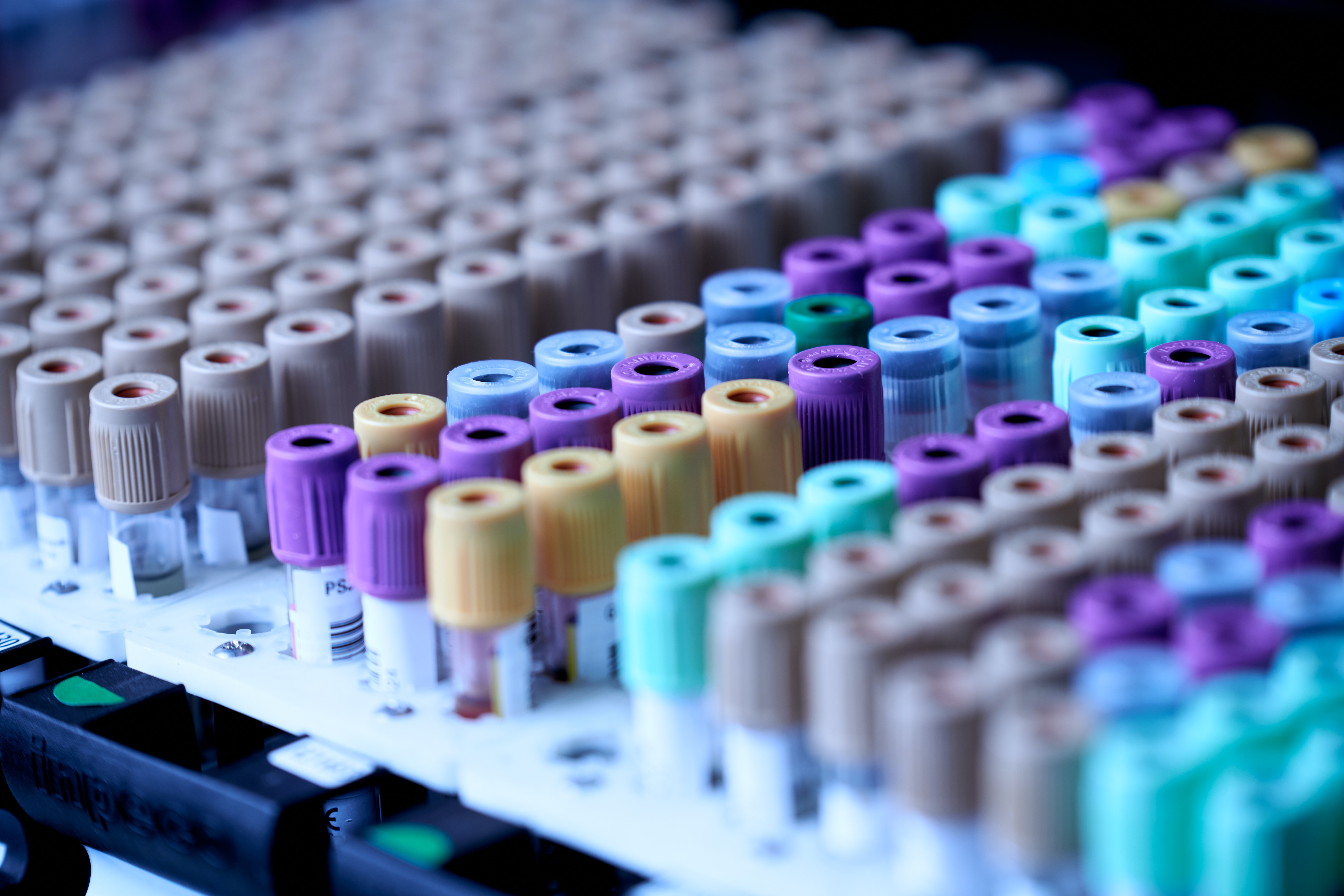Description
What Are CD3, CD4, CD8?
There are different types of immune system cells made from stem cells in the bone marrow, but CD3/CD4/CD8 are associated with small white blood cells called leukocytes. Lymphocytes divide into B cells and T cells.
B cells produce antibodies called antibodies. B cells are activated by antigens. and then transformed into plasma cells to produce antibodies specific to that antigen.
T cells perform cellular responses. To eliminate foreign matter or microorganisms divided into CD4 cells and CD8 cells.
Functions Of CD4 And CD8
CD4 helper T (Th) cells are white blood cells that carry the CD4 antigen on their cell walls. It serves to promote white blood cells, B cells to produce specific antibodies and T cells to convert cytotoxic T cells (CTL). Therefore, CD4 is very important. Because it is involved in boosting the immune system.
CD8 cells or killer cells are white blood cells that carry CD8 antigens on their cell walls. acts to destroy abnormal cells or microbial infection This type of cell will know which cell is foreign from which cell it is. It does not contain molecules like white blood cells, HLA class I cells , and activates the antigen-specific immune system.
B cells bind specific antibodies with antibody receptors. B- and T- cells have receptors on the cell surface to bind to antigens. For B-cells, it is an immunoglobulin molecule that binds to the surface of the T cell. -cell is the T-cell receptor, TRC or CD3 is a more complex molecule. to recognize and bind to a variety of antigens presented by antigen-presenting cell only
After antibody receptors, antigens are introduced into the cell. T helper cells bind and activate antibodies from B cells. T cells then secrete lymphokines that instruct B-cells to transform into plasma cells to produce antibodies.
Image: Wincell Research

